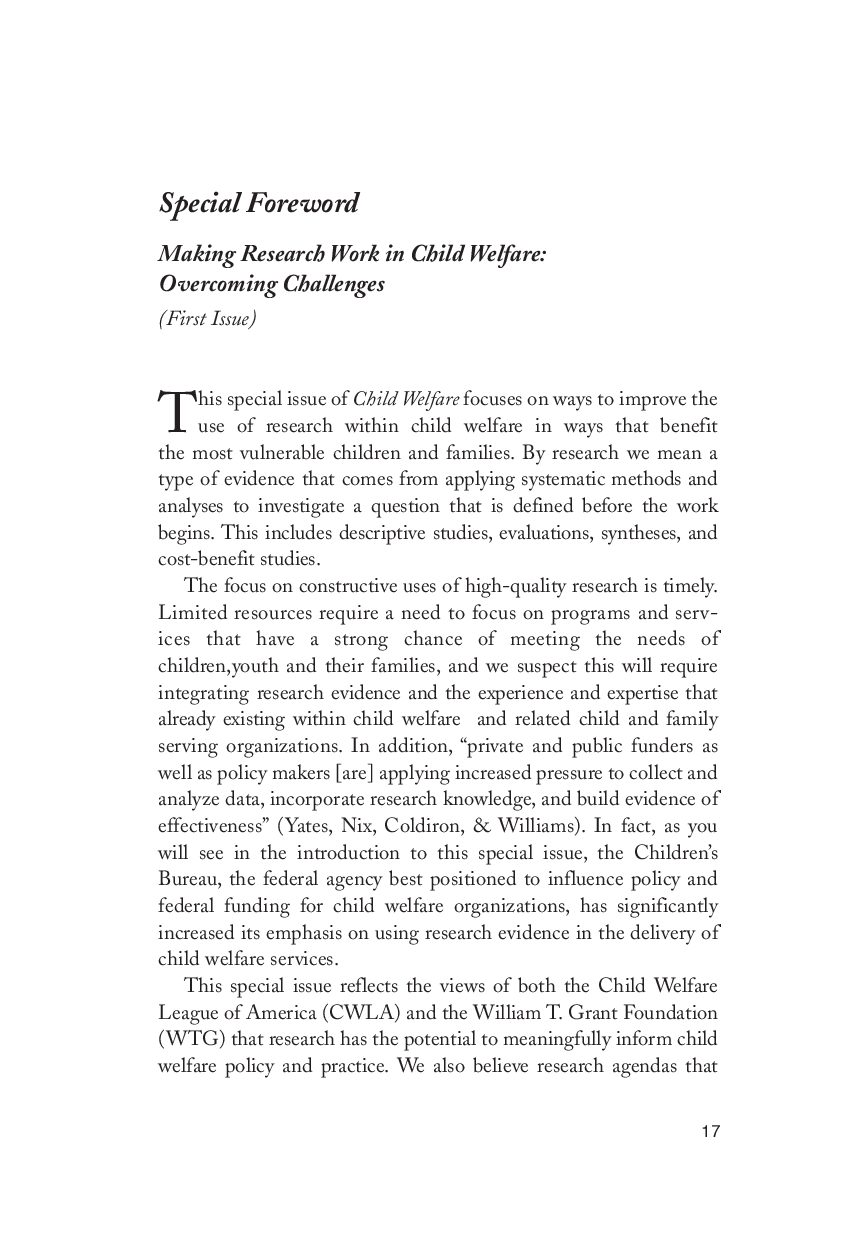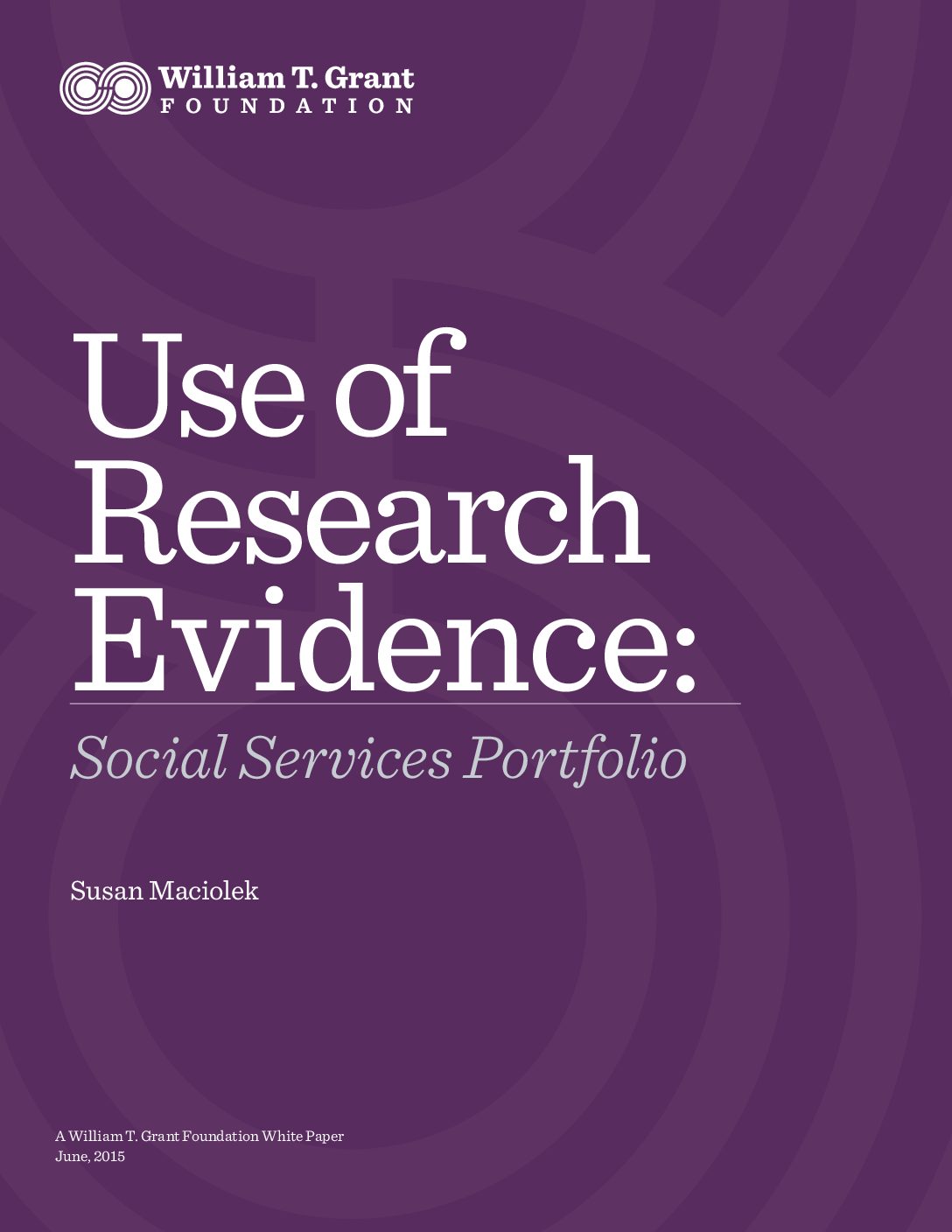How do we close the gap between what we know and what we do? For nearly a decade, the William T. Grant Foundation has hosted an annual gathering to give researchers, funders, and policymakers an opportunity to explore and address this question together.
I attended the meeting in February and was struck by the spirit of collaboration and support as participants shared research findings, developed future research questions, and discussed how this work could be applied to improve the lives of young people.
Several participants shared common challenges in connecting research and practice, namely that research is often too late, its relevance too limited, and its findings too often misused or misunderstood. This led to thinking about how to overcome these challenges, including lines of inquiry that could lead to insights on how best to close the gap.
Navigator approach
One approach we are testing at Chapin Hall at the University of Chicago is to serve as a real-time research navigator for practitioners. This differs from pushing out research to those working in the field or pulling policymakers into the research arena. Instead, we work with them to address current issues, bringing the most applicable research to bear. It doesn’t have to be our research—it has to be relevant research that will help them solve problems and make decisions in real time.
For example, when an investigation found that a state was keeping children in residential placements for too long after those children were cleared for less-restrictive settings, the state agency came to Chapin for help. In response, we:
- Provided a thorough analysis of the population of youth in congregate care, with a focus on the pathways in to and out of residential care settings.
- Identified key pathways to strategic alternatives, including capacity building with providers of other treatment types and inter-agency work to reduce placements among dually involved youth.
- Applied a rigorous review of research to identify best practices in alternatives to congregate care.
- Translated findings from predictive models into eligibility criteria for therapeutic foster care.
- Provided empirical guidance for the development of a request for proposals to solicit therapeutic foster care provider proposals.
- Advised the evaluation of proposals using data on the geographic and clinical distribution of youth in need of residential care alternatives.
After we did this work together, the department selected providers. Programming and evaluation of these models are now underway.
This direct, hands-on approach can help address some of the common challenges that we’ve hear about. For one, it can make existing research relevant and usable immediately. Also, by having experienced researchers working directly with practitioners to ensure fidelity, it can help prevent misapplication of the research. In our example, a state agency needed to act quickly to solve a problem, and we were able to partner with them to ensure that those solutions would be as evidence-informed as possible. The state agency was in the pilot’s seat, but we were right beside them as the navigator.
Next lines of inquiry
While the navigator approach has the potential to narrow the gap between those with solid research findings and those who can use them, it needs to be evaluated and better understood. We need research that examines and tests this and other means of research dissemination and application. In child welfare and other social service systems across the country, dashboards with a plethora of data have become common. But how is this data turned into evidence? How is evidence turned into action? How can emerging evidence better inform practice and policy?
As researchers in child welfare, it is critical that we understand how direct care providers and policymakers “make meaning” from our work. Future research could bring us closer to this understanding by exploring and more clearly defining this process, as well as ways to build the conditions for navigators, policymakers, and practitioners to collaborate in ways that integrate research with policy and practice.
When knowledge developers are better attuned to the needs of practice and policy, the use of research evidence may thrive, and our efforts as researchers can be more valuable to those who work every day improve youth outcomes.




